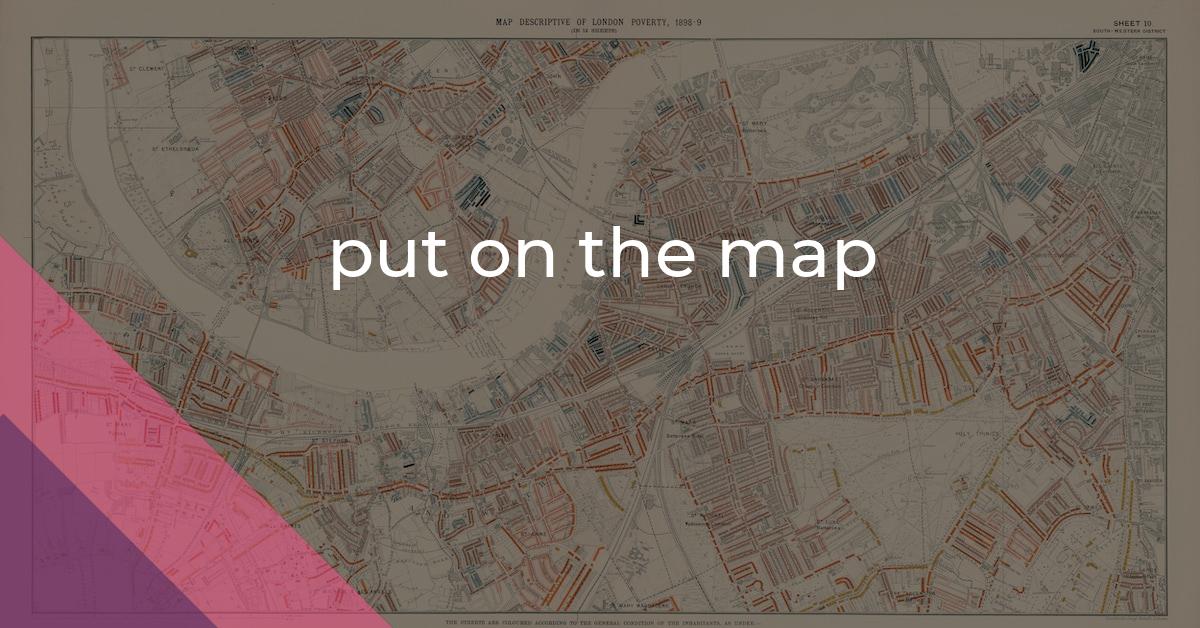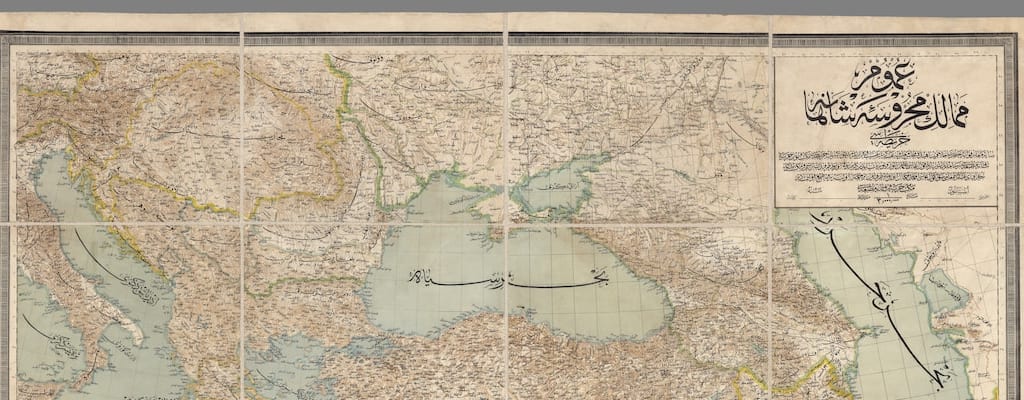put on the map: Idiom Meaning and Origin
What does ‘put on the map’ mean?
Put on the map is an idiom that means to gain recognition or become well-known. It refers to the act of bringing something or someone into public attention, making them more notable or important.

Idiom Explorer
The idiom "show off" means to behave in a way that draws attention to oneself in order to impress others or make them envious.
The idiom "put to work" means to utilize or employ someone or something for a particular purpose or task.
The idiom "put store in" means to have confidence or belief in something or someone, and to place importance or value on that person or thing.
The idiom "put something into perspective" means to consider a situation or issue in relation to its true importance or significance, in order to gain a better understanding or judgment of it.
The idiom "put someone on to" means to introduce or make someone aware of something, usually a person or an idea.
The idiom "put someone in mind of" means to remind someone of something or someone. It implies that the person or thing being referred to evokes thoughts or memories similar to another person or thing.
The idiom "put on the dog" means to dress or act in an extremely fancy or extravagant manner, often to show off or impress others.
The idiom "put one's stamp" means to leave a clear or distinctive mark on something, often indicating ownership or influence.
The idiom "put on a pedestal" means to admire or worship someone or something to an excessive extent, often idealizing them and treating them as if they are perfect or infallible.
The idiom "put on airs" means to act in a proud or pretentious manner, often to make oneself appear more important or superior than others.
Hidden Origins
The idiom "put on the map" is a common expression used to bring something or someone to public attention or recognition. It signifies making someone or something known, usually in a positive way, to a wider audience or community.
Derived from placing a location on a map to give it visibility or significance, the idiom has been used metaphorically since the early 20th century. Its usage has become deeply embedded in the English language.
The idiom is often employed when discussing the rise in popularity of a particular place, person, or event. It suggests bringing attention to a previously unknown or unnoticed entity, effectively increasing its visibility, importance, or influence in a particular field or area.
Throughout history, many instances have highlighted the significance of this idiom. For example, the construction of iconic landmarks or architectural wonders, such as the Eiffel Tower in Paris or the Statue of Liberty in New York, can be seen as efforts to put their respective cities on the map, attracting tourists and global recognition.
In the world of sports, a relatively unknown team or athlete achieving remarkable success on a grand stage can also be said to have put themselves on the map. Their exceptional performances capture the attention of the public, media, and industry professionals, leading to increased support, sponsorship deals, and overall recognition.
The idiom is frequently used in discussions about the growth and development of cities, towns, or regions. For instance, the discovery of valuable natural resources or the establishment of significant industries can put an otherwise inconspicuous area on the map, transforming it into a thriving economic hub.
Furthermore, the idiom is not solely limited to geographical or physical locations. Artists, musicians, writers, and other creative individuals can also put themselves on the map by creating exceptional works that captivate audiences or gain critical acclaim. This recognition can launch their careers and ensure their names become well-known across various platforms.
Another related idiom is "put someone on to." This expression is used to introduce someone to something new, to make them aware of it. It can be used when discussing how influential individuals can put lesser-known talents or ideas on the map, bringing attention to them and giving them a platform for recognition.
Furthermore, the idiom "on the radar" is another expression related to "put on the map." It means that someone or something has gained attention and is being closely monitored or considered. When someone or something is on the radar, it means they are within the range of notice or interest, suggesting that they have achieved a level of recognition and significance.
The phrase "put on the map" serves as a vivid and concise expression to convey the transformative power of gaining visibility, recognition, and significance. It encapsulates the idea of reaching a wider audience or achieving a higher level of success, permanently leaving a mark in the collective consciousness. While the idiom has its roots in literal cartography, its metaphorical usage continues to evolve and resonate in modern times.
Example usage
Examples of how the idiom "put on the map" can be used in a sentence:
- The new shopping mall has put our small town on the map, attracting tourists from all over.
- Her groundbreaking research on disease prevention has put her name on the map in the medical community.
- After winning the prestigious award, the young filmmaker's work was finally put on the map.
More "Visibility" idioms



